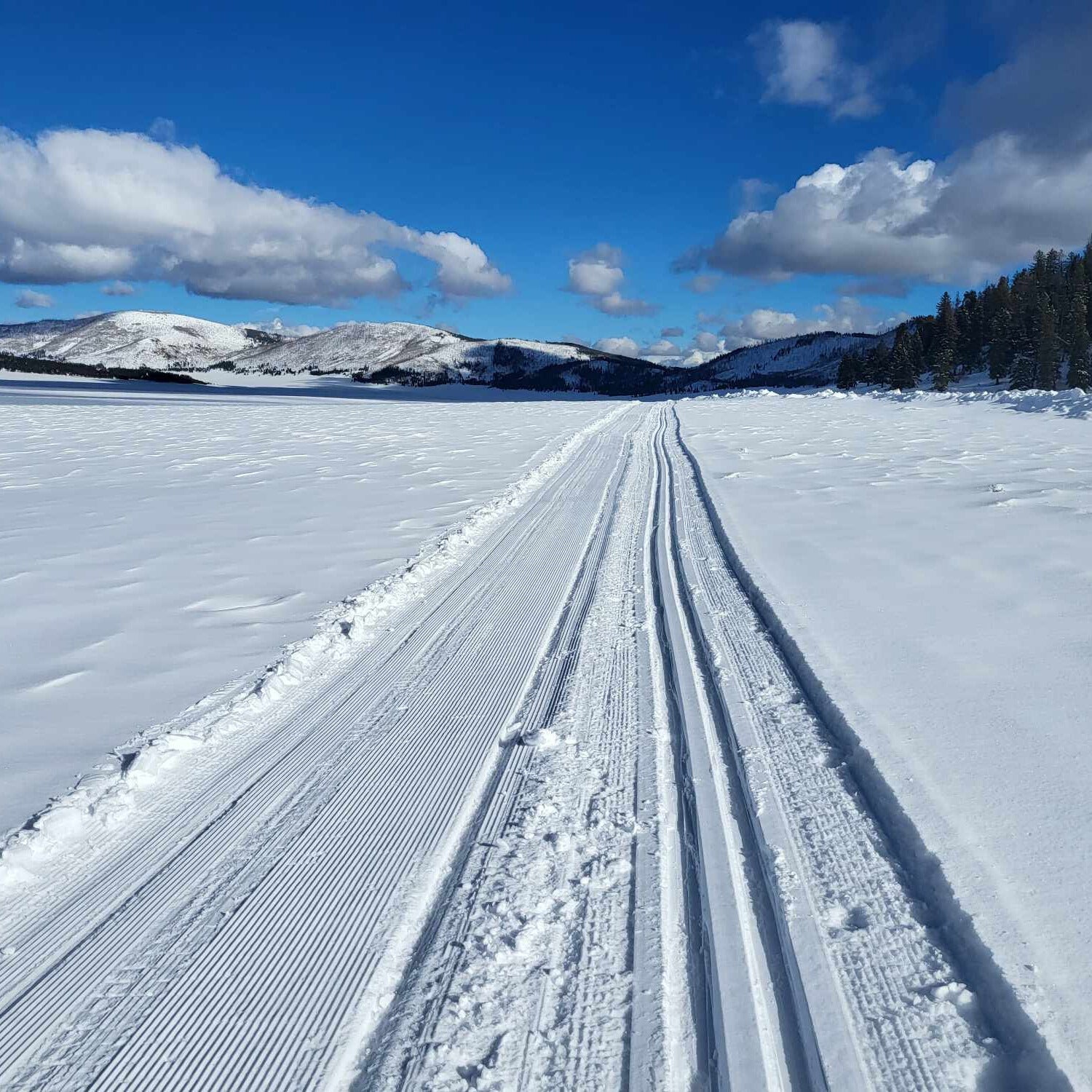Your Cart is Empty
accepting gear drop offs Mon-Sat 10am-5pm. No Consignment acceptance on Sundays.
accepting gear drop offs Mon-Sat 10am-5pm. No Consignment acceptance on Sundays.

When the days get longer and the snowpack stabilizes, many skiers turn their attention to climbing bigger peaks and skiing bigger lines. While weather, snowpack, and daylight often conspire to limit big mountain activities through the winter, spring’s longer and warmer days help give skiers a better chance at getting high in the mountains and ticking off some more impressive lines.
While your standard winter backcountry skiing gear will get you far, a few specialized pieces of mountaineering gear will make your big objective days easier, safer, and more enjoyable. And there’s no need to buy new–you can find used ski mountaineering gear in Durango atDurango Outdoor Exchange. Here’s what you need to go big:
It’s all about the skis, right? Mountaineering skis may be the same as your go-to winter backcountry skis, though many will have a separate pair.
We all know how bad the San Juans can be when it comes to avalanches. While most ski mountaineering takes place when the snowpack has firmed up, you'll still want to be on your toes. All the normal avi gear you bring on winter tours should go with you here, even when weight is a major consideration, including beacon, shovel, and probe.
This list is by no means exhaustive. You will also want weather-appropriate clothing, hat, and gloves, everything you need for navigation, a satellite rescue communicator, food and water, and a solid plan that’s been communicated to friends or family. Going extra hard? Consider a helmet to protect your noggin against rockfall and a harness and for dicey pitches.
Durango Outdoor Exchange has used ski mountaineering gear in stock and enthusiastic skiers who can help you choose what’s right for your outing. With new gear coming in all winter long, you can easily put together a ski mountaineering gear kit that will have you up in the mountains when the snowpack and weather are ready.

Work crews were busy over the off season making changes to ski areas across the region. While the hoped-for new lifts at Purgatory aren’t going to spin, there are plenty of reasons for you toget some wax (or new skis) from Durango Outdoor Exchange and hit the slopes this winter.

Thanksgiving is almost here–and skiing this early is always a gamble. Here are some non-skiing warm(er) weather destination ideas for the long break.

Just a couple hours from Durango, Valles Caldera is a great cross-country skiing destination, with surprisingly good snow and very few visitors.
Valles Caldera National Preserve is a popular hiking destination in the summer and a surprisingly great skiing destination in the winter.